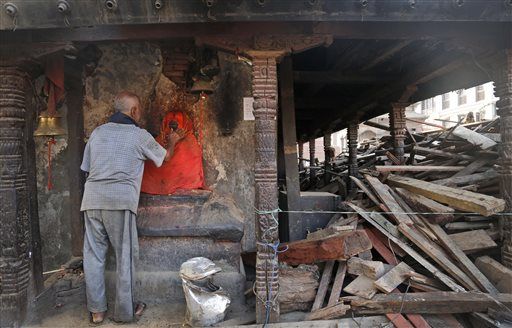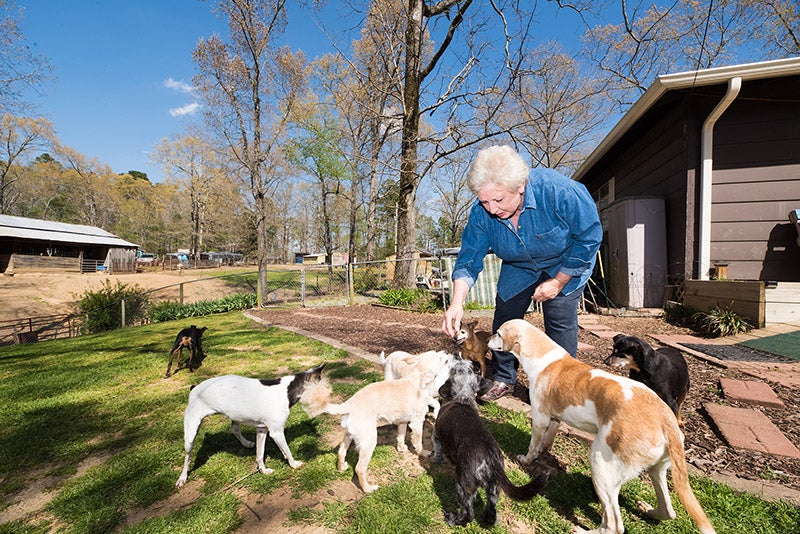Life crawling back to normal in Nepal’s quake-hit capital
Published 1:02 pm Friday, May 1, 2015
KATHMANDU, Nepal (AP) — Fresh croissants emerged from a popular bakery and were quickly snapped up. Farmers delivered fresh produce and lines disappeared at gasoline stations. Slowly, life edged back toward a semblance of normal in Nepal’s quake-hit capital Friday as residents packed up tents and moved indoors.
As rescue workers continued to comb the rubble in Kathmandu for survivors, the government said it was giving the equivalent of $1,000 to families of each victim killed in Saturday’s earthquake, and another $400 for funeral costs, according to state-run Nepal Radio.
The death toll from the mammoth quake climbed to 6,260, police said, including those who died in an avalanche on Mount Everest, plus more than 60 elsewhere in the region. The city got a lift Thursday when two survivors, including a 15-year-old boy, were rescued after being buried in debris for five days.
Although poorer sections of the city remained strewn with collapsed buildings, there were visibly fewer tents standing in a central part of Kathmandu that had been packed with people in the first few days after the magnitude-7.8 quake hit amid repeated aftershocks.
Krishna Maharjan, a farmer on the outskirts, brought green onions and cauliflower on his bicycle into the city.
“We are trying to get as much fresh food to the people as possible,” he said. “I feel it is our small contribution. But that’s what we can do and every little bit helps.”
More than 130,000 houses were reportedly destroyed, according to the U.N. humanitarian office. Its chief, Valerie Amos, landed in Nepal for a three-day visit to meet victims and local leaders.
Amos told reporters there were “immense logistical challenges” for aid workers trying to get aid to isolated, mountainside villages where helicopters can’t land and roads have often been destroyed.
“Of course we are worried that it is taking so long to get to people who desperately need aid. Some of those villages are virtually flattened. But it’s very, very hard to see how we’re going to get to them,” said Amos, who saw some of those places by air on Friday.
In the past 48 hours, the U.N. Children’s Fund, or UNICEF, has delivered nearly 30 metric tons of supplies, including tents, water purification tablets, and first aid and hygiene kits.
Nepal appealed to international donors on Friday to send more tents and tarpaulins, along with grain, salt and sugar.
“We have received things like tuna fish and mayonnaise. What good are those things for us? We need grains, salt and sugar,” Finance Minister Ram Sharan Mahat said.
Information Minister Minedra Risal said Nepal immediately needs 400,000 tents but so far has only been able to provide 29,000 to people in need.
A European Union official said about 1,000 people from Europe are still unaccounted for and had not reached out to their embassies since the earthquake struck.
EU Ambassador to Nepal Rensje Teerink told reporters Friday that “of course doesn’t mean they are dead. It just means they haven’t reported back.”
Most of the people came as tourists and trekkers, and many do not register with their embassies.
A group of Nepal’s Gurkhas serving the British army have rushed back home to help their quake-hit countrymen get clean drinking water. The soldiers from the Queen’s Gurkha Engineers Unit on Thursday set up a portable water purification unit on the Kathmandu grounds of the old royal palace.
“I am just glad I could serve my countrymen when they really needed something so necessary like clean drinking water,” said Cpl. Bhesh Gurung, 34. “I have been away for 13 years serving in a foreign land and finally I can do something for my motherland.”




